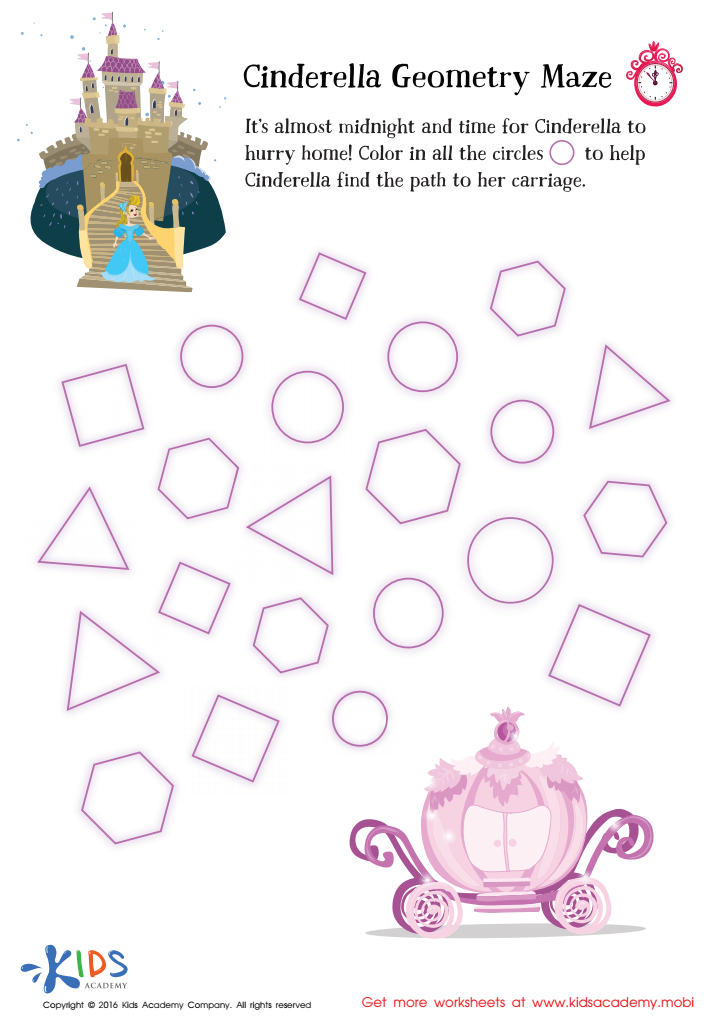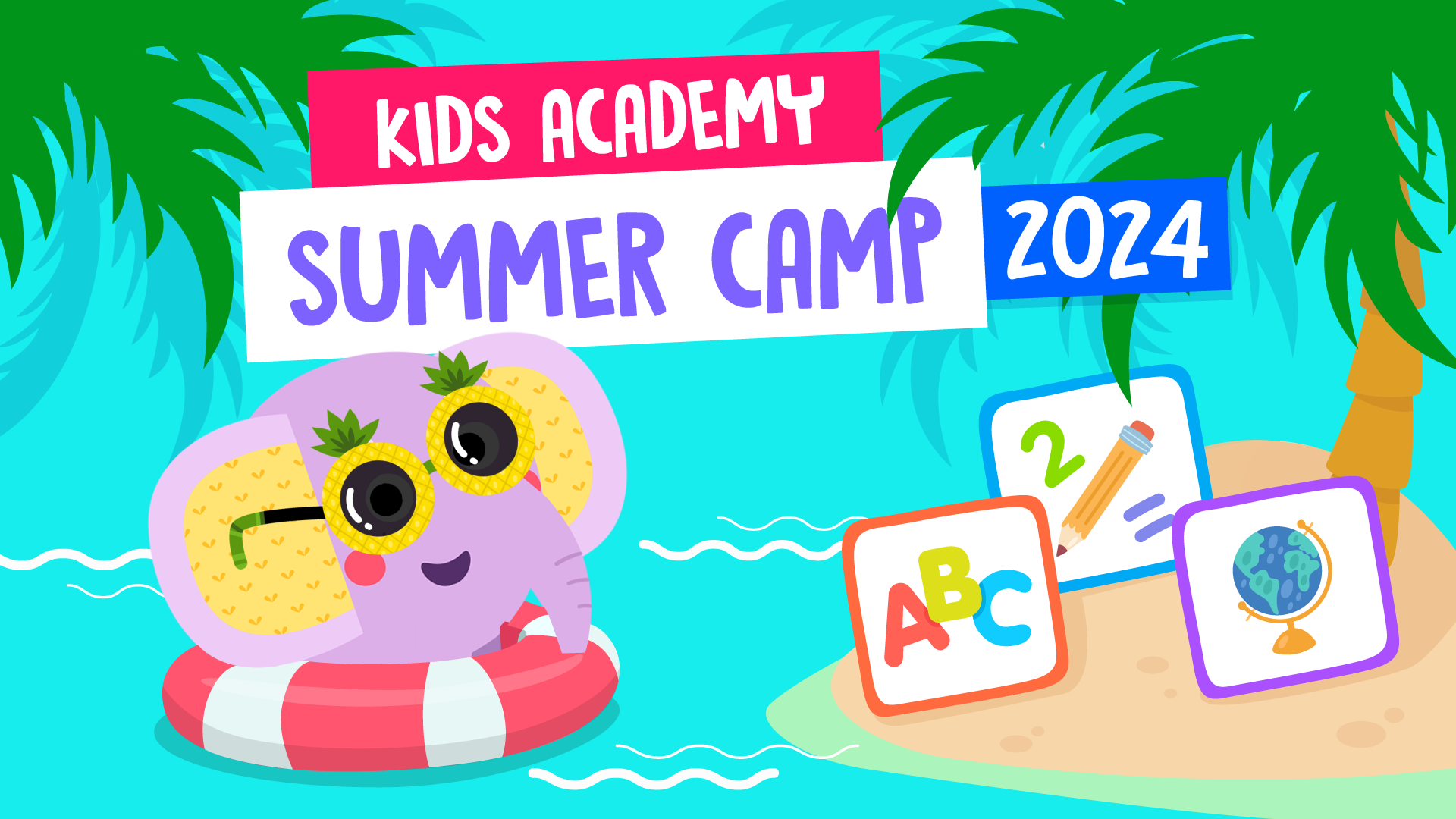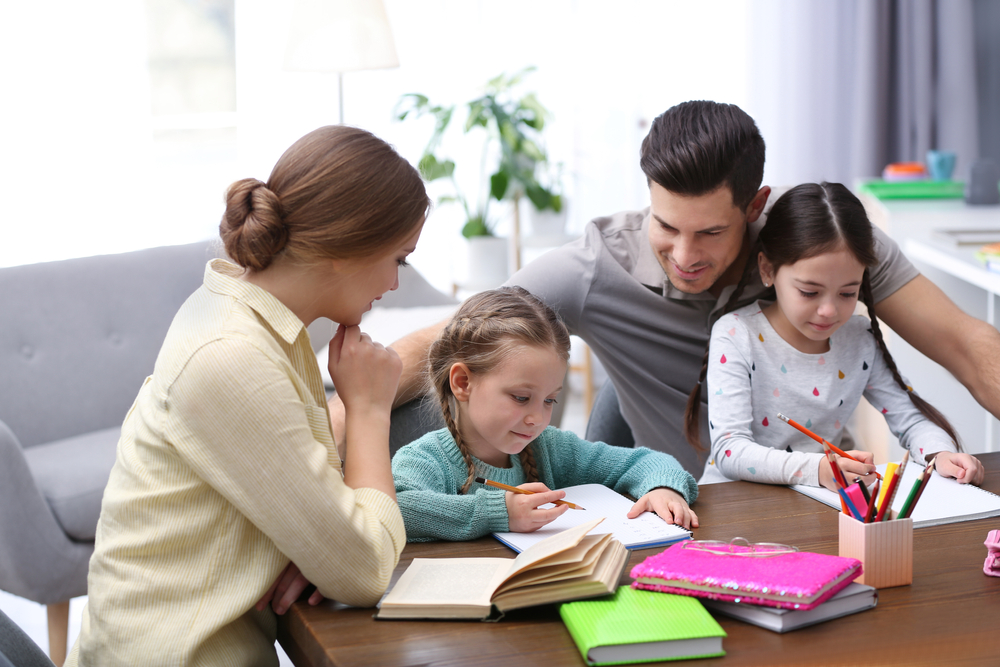Spatial Orientation Math Worksheets for Ages 5-9
4 filtered results
-
From - To
Boost your child's math skills with our engaging Spatial Orientation Math Worksheets for Ages 5-9. These expertly designed activities enhance critical thinking and geometric understanding, guiding young learners through shapes, patterns, and spatial relationships. Each vibrant worksheet encourages exploration of coordinates, map reading, and directional concepts, laying a solid foundation for advanced mathematical learning. Perfect for both classroom and home use, our worksheets make learning fun and effective. Keep your child ahead of the curve with these essential math tools, ensuring their mathematical journey is exciting and rewarding from the very beginning.


Going up or Down? Worksheet


Faces of 3D Shapes Worksheet


Cinderella Geometry Maze Worksheet
Spatial orientation refers to the ability to recognize and organize the relationships between oneself and the surrounding environment. For children ages 5-9, developing spatial orientation skills is crucial for several reasons.
Firstly, strong spatial orientation abilities build a foundation for success in STEM (Science, Technology, Engineering, and Mathematics) subjects. Understanding how objects relate to one another in space helps children grasp geometric concepts, solve puzzles, and understand maps and diagrams. This comprehension directly supports more advanced math skills such as those involved in algebra, geometry, and even calculus.
Secondly, spatial orientation skills aid in everyday tasks, fostering independence and problem-solving abilities. For example, a child who can understand directions and positional language is better at following instructions, organizing their space, and navigating their environments. This boosts their confidence and autonomy both in and out of the classroom.
Thirdly, development in spatial orientation is linked to cognitive and language growth. Engaging in activities that promote spatial reasoning—like building blocks, drawing, and playing with puzzles—stimulates the brain’s neural pathways. This not only improves spatial awareness but also enhances memory, attention, and overall cognitive function.
Overall, nurturing spatial orientation in young learners sets a strong cognitive foundation, directly impacting their academic performance, practical life skills, and intellectual development, making it a critical focus for parents and teachers alike.

 Assign to My Students
Assign to My Students





.jpg)











